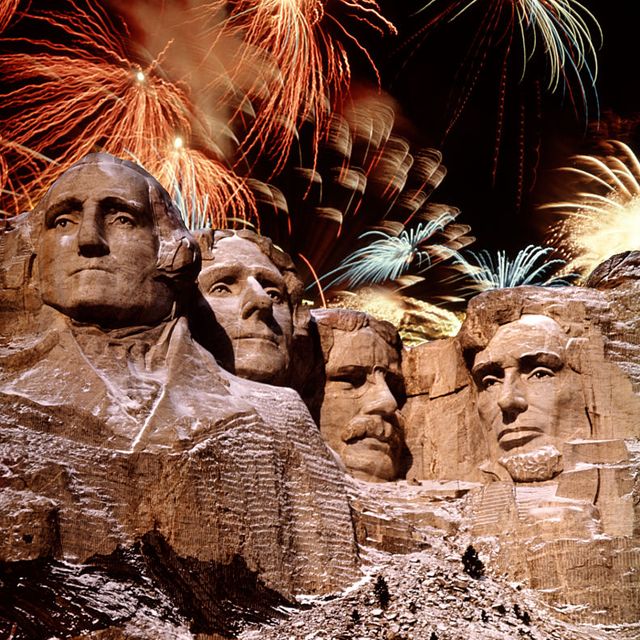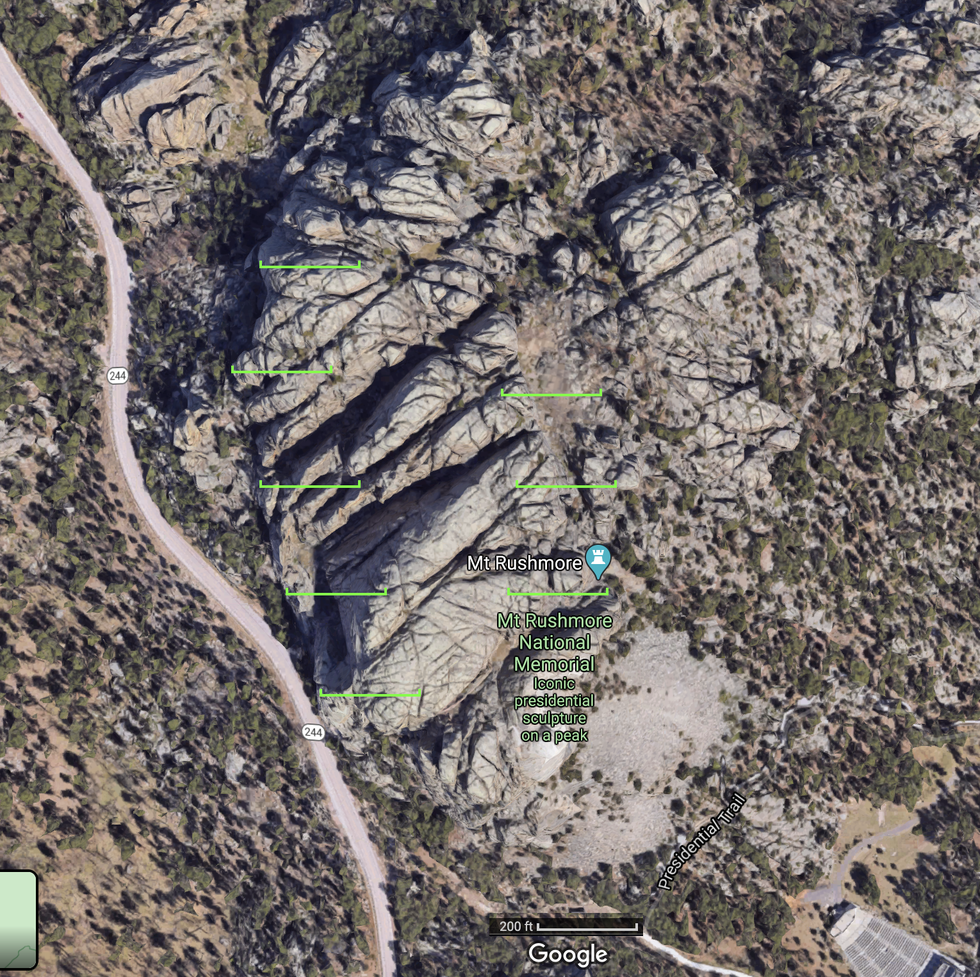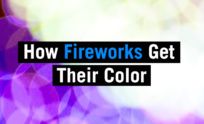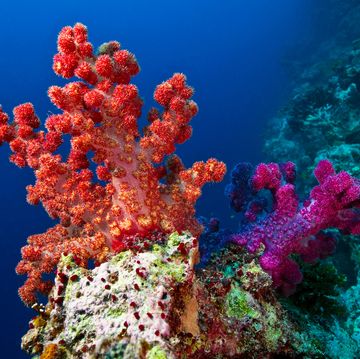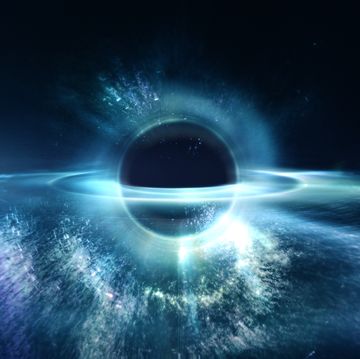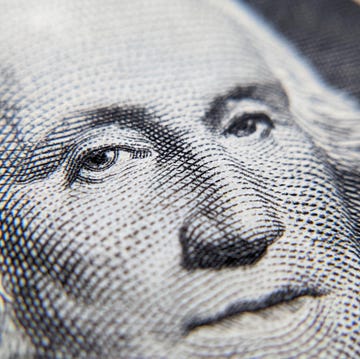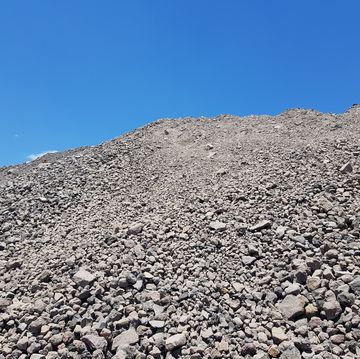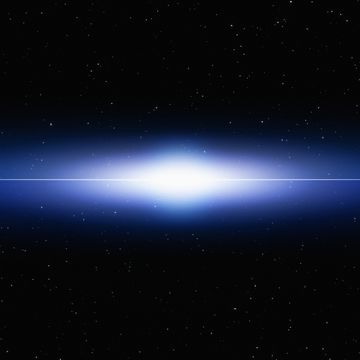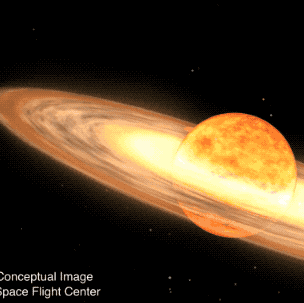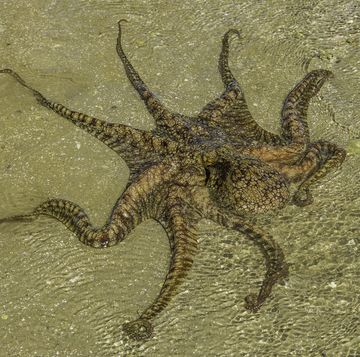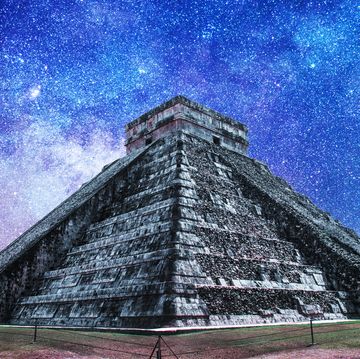- Despite President Trump's insistence, the July 3 fireworks at Mount Rushmore are a fire risk.
- Commercial fireworks are serious pyrotechnics and require careful planning and wide margins.
- Mount Rushmore is surrounded by a protected ponderosa forest experiencing a drought.
President Donald Trump plans to attend a July 3 fireworks show at Mount Rushmore in the Black Hills in Keystone, South Dakota—the first such celebration since 2009. South Dakota governor Kristi Noem has pushed to bring the fireworks back, and she insists the environmental factors are overblown.
“What can burn? It's stone,” President Trump said in January.
But the iconic landmark isn’t just a single mountain with some faces on it in the middle of a desert, as forests are an essential part of the Mount Rushmore National Memorial. The ponderosa forest that surrounds the sculpture is a climax community, which is like the apex predator of plants. It’s an age-old biosphere that can only be taken down by a catastrophe.
“Shooting fireworks over a ponderosa pine forest, or any flammable vegetation, is ill advised and should not be done. Period,” former Mount Rushmore fire management officer Bill Gabbert told the Argus Leader. Indeed, Dynamite Fireworks says in its list of “best practices” that users should clear out “any leaves or other fire hazards” in the area and consider wetting the entire surface of grass within a 500-foot radius.
Certainly an entire ponderosa forest counts as “leaves,” but maybe it won’t be so bad ... right? Well, rainfall in the Black Hills region is down as much as 50 percent this year compared to average rainfall, and the fire service rates communities surrounding Mount Rushmore at nearly 100 percent more fire risk.
Let’s do some math and look at the area around Mount Rushmore. We zoomed in on Google Maps until the scale unit was 200 feet, then we used that to make a kind of perimeter where the ponderosa trees begin around the mountain.
As you can see, there’s nowhere with the recommended 500 feet of clearance, and again, that’s the bare minimum. Pyrotechnician and TV personality Mike Tockstein’s website details the nitty gritty of fireworks shows. In lived reality, commercial fireworks can fly as high as 1200 feet, meaning even a slight angle at launch translates to many feet outside the minimum radius. When a shell bursts at its apex, those particles can fly in any direction, with a visible width (“burst diameter”) of up to 360 feet.
While Governor Noem says the technology has "improved" since 2009, can she guarantee fireworks will be shot straight up, explode in place, and drop straight down? Children can't even guarantee that with backyard model rockets. Will officials pull a Christo and blanket the entire surroundings in fire-retardant material?
President Trump’s language indicates a key American tradition has been rekindled in this fireworks show. But the annual fireworks at Mount Rushmore only began in 1998, and they were discontinued in 2009 due to even higher fire risk after an infestation of tree-weakening beetles. At that time, investigators also found dangerously high levels of chemicals in the groundwater where the fireworks were launched.
In 1988, a wildfire caused by lightning and similarly dry conditions caused an emergency evacuation of 2,000 tourists at Mount Rushmore. The fireworks show is expected to draw about 7,500 spectators, all of whom would be surrounded by the same trees that could be involved in a fire event.

Caroline Delbert is a writer, avid reader, and contributing editor at Pop Mech. She's also an enthusiast of just about everything. Her favorite topics include nuclear energy, cosmology, math of everyday things, and the philosophy of it all.
